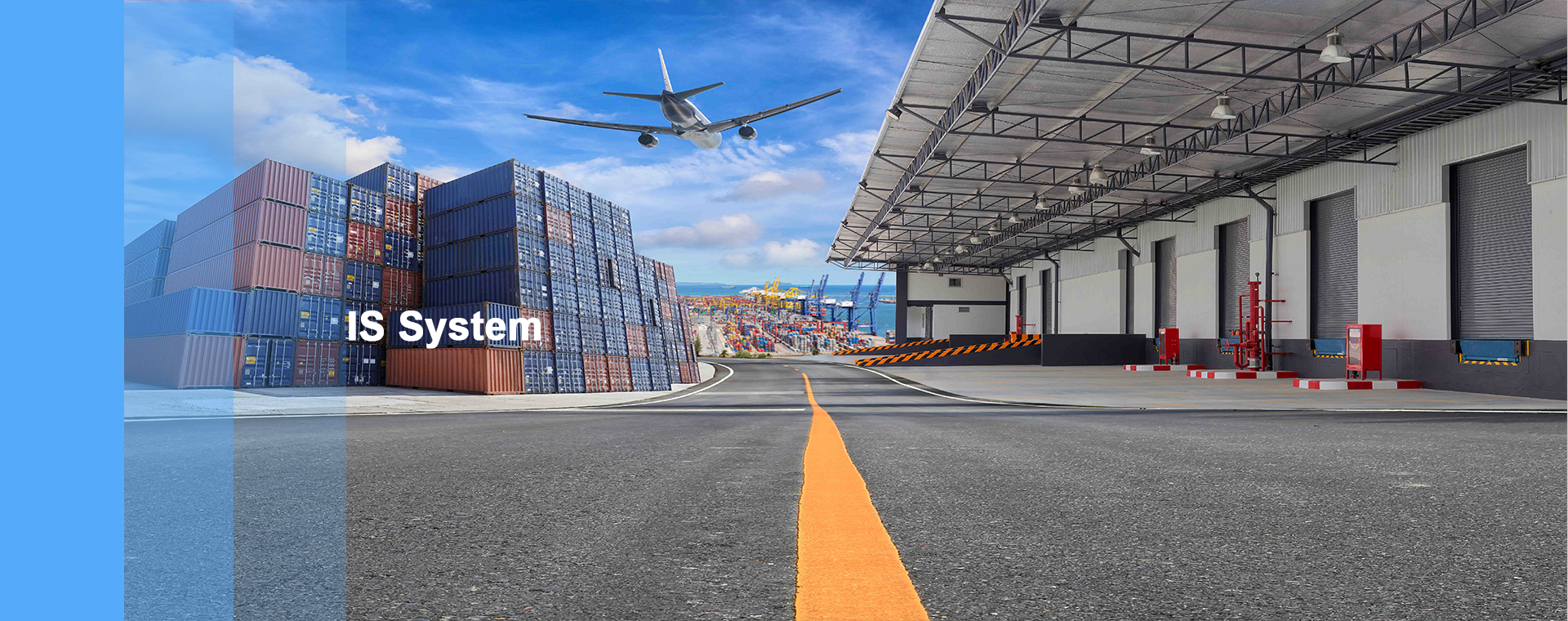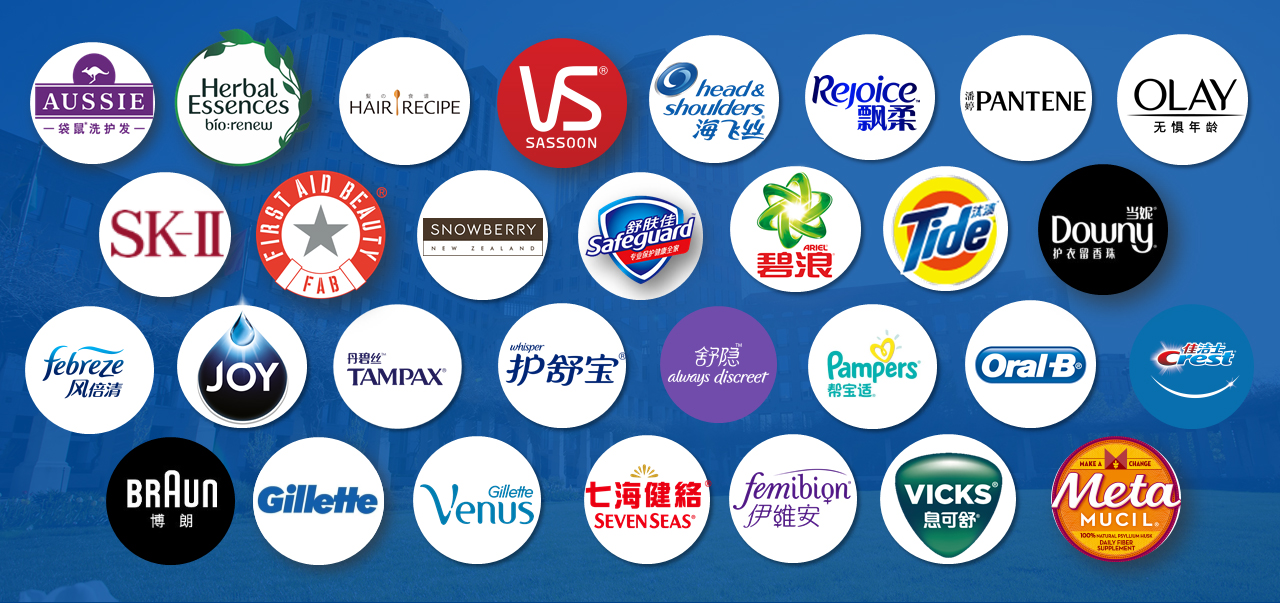DIG-Product
Huawei leverages RFID (Radio Frequency Identification) technology to optimize operations across product lifecycle management, personnel tracking, asset control, and more. By automating data capture and enabling real-time monitoring, the solution significantly improves efficiency and accuracy. Below are the key applications, implementations, and benefits.
1. Product Management Applications Challenges
① Low Inventory Efficiency – Manual stocktaking is time-consuming and error-prone, with no real-time visibility.
② Supply Chain Opacity – Difficulty tracing products from manufacturing to delivery, leading to accountability gaps.
③ Counterfeiting & Gray Market Sales – High-value products (e.g., 5G equipment) are vulnerable to forgery and unauthorized distribution.
RFID Solution
- Smart Warehousing – RFID tags on products and shelves enable automated inventory tracking via fixed readers, increasing scanning speed by 90%+ (e.g., Huawei’s warehouses achieve 2,000+ items/minute).
- End-to-End Traceability – Unique RFID codes log production batches, QC data, and logistics history, enabling full supply chain visibility.
- Anti-Counterfeiting – Encrypted RFID tags integrated with blockchain allow customers to verify authenticity via NFC, while geolocation checks prevent unauthorized resale.
Benefits
- Real-Time Accuracy – Inventory precision reaches 99.9%, with stockout alerts reduced from hours to minutes.
- Cost Savings – A Huawei warehouse in Shenzhen cut labor costs by 40% and reduced stocktaking from 3 days to 2 hours.
- Compliance – Gray-market detection hits 100%, with counterfeit complaints dropping 70%.
2. Personnel Management Applications
Challenges
① Security Risks – Traditional ID cards are easily forged, allowing unauthorized access to restricted zones (e.g., R&D labs).
② Inefficient Attendance – Manual check-ins cause delays during peak hours, with data requiring manual consolidation.
③ Slow Emergency Response – In crises (e.g., fires), locating personnel is slow and imprecise.
RFID Solution
- Frictionless Access – Employees wear UHF RFID badges for automatic gate authentication and movement tracking. High-security zones use multi-level permissions (e.g., Huawei’s Dongguan campus processes 30+ people/second).
- Dynamic Attendance – Office entry readers log presence and integrate with meeting room bookings to optimize space utilization.
- Emergency Evacuation – Directional antennas provide real-time location data, with dashboards displaying heatmaps to accelerate rescue efforts by 50%.
Benefits
- Enhanced Security – Zero unauthorized entries with biometric + RFID dual authentication.
- Employee Experience – Contactless access reduces queues, boosting satisfaction scores by 25%.
- Data-Driven Optimization – Movement analytics improve office layouts, increasing meeting room usage by 30%.
3. Additional Use Cases
① IT Asset Management
- Problem: Manual tracking of servers/switches leads to misplaced equipment.
- Solution: Metal-resistant RFID tags auto-update locations in DCIM systems every 15 minutes.
- Result: Asset loss rate drops to 0.1%, with 60% faster maintenance response.
② Conference Management
- Problem: Paper-based check-ins and wasteful printed materials.
- Solution: RFID badges enable auto-registration and role-based digital material distribution.
- Result: At Huawei Connect events, check-in time fell 80%, and paper costs decreased 90%.
4. Key Advantages of the Solution
① Automation & Precision – Near-zero human intervention, with error rates below 0.01% (vs. ~2% for barcodes).
② Durability – Heat-/interference-resistant tags suit harsh environments (e.g., outdoor base stations in the Middle East).
③ IoT Integration – Seamless compatibility with Huawei’s OceanConnect platform, supporting millions of concurrent tags.
④ High ROI – Payback periods under 18 months in production lines, with annual savings exceeding $10M thereafter.
5. Challenges & Mitigations
- Cost: RFID tag prices dropped from 1 to 0.22 (2023), making bulk adoption feasible.
- Privacy: Pseudonymized encoding and anonymized tracking data ensure GDPR compliance.
Huawei’s RFID framework not only addresses industrial pain points but also serves as a replicable model for smart manufacturing and campuses. The solution has been extended to automotive and healthcare sectors, becoming a flagship offering under Huawei’s Enterprise BG.



Validate your login